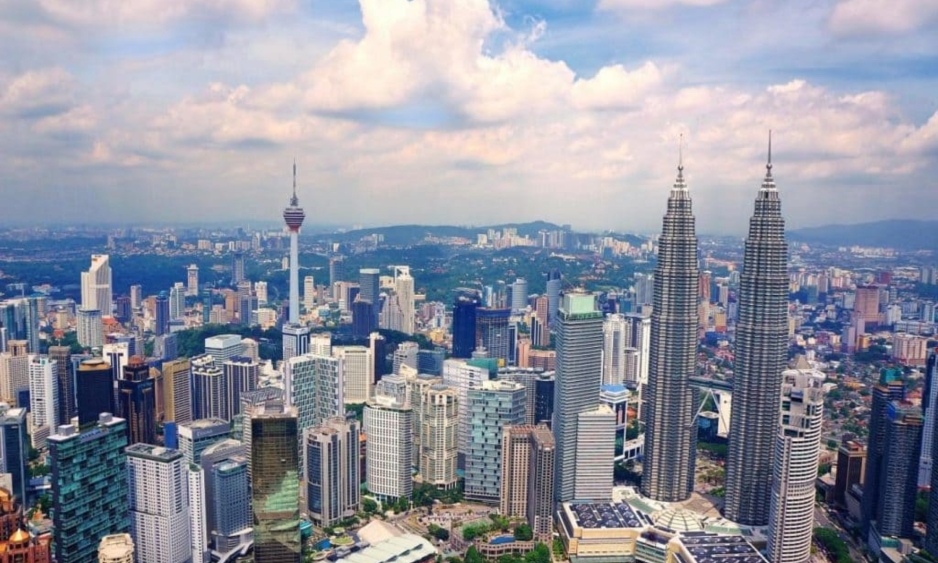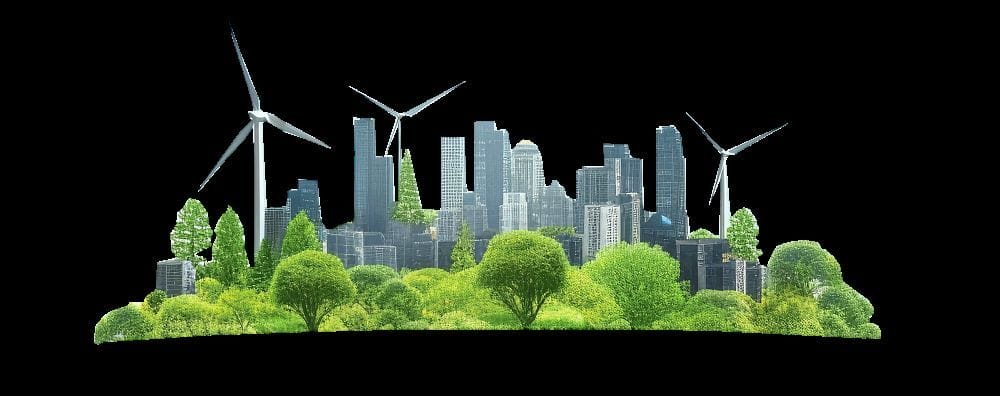With environment, social and governance (ESG) issues emerging as important factors in today’s global economy and will determine trade access into developed nations and blocs, where do Asean states stand in this development?
As Asean region and ESG experts from the Asia School of Business (ASB), Dr Pieter E. Stek and Dr Melati Nungsari have both co-authored the ESG Practices in Asean and Korea: Pathways Towards Sustainability guidebook, which provides Asean countries and stakeholders relevant to the ESG landscape with a comprehensive overview of the policies that have been effective and ineffective.
The guide also introduces the different strategies and industrial sectors that each nation is focusing on. They both offered StarESG with some insight on how ESG is being pursued across Asean countries, particularly among the small- and medium-sized enterprises (SMEs).
As the Asean region adopts more ESG practices, how would this affect inter-regional trade, as these practices involve regulations and requirements?
The main drivers of ESG practices in emerging Asean countries are global supply chains, governments, more progressive business leaders, and a young(er) demographic group that pushes for and demands more sustainable consumption.
Although there is also growing ESG awareness among Asean consumers, this is to a lesser extent than in North America and Europe, that is, it is less bottom-up. Because a lot of intra-Asean trade already takes place as a part of global supply chains, and the traceability and reporting requirements are getting increasingly stringent, there are spillovers of ESG practices into the entire Asean production system.
Many producers, who may face higher ESG requirements for sales to North American and European customers, will often use this higher benchmark when designing their processes, even when they are selling to say, India, China or elsewhere in Asean, where buyers have lower requirements.
The question of the diffusion of ESG practices is one of speed (when will sectors or firms move to a higher ESG standards), but also of inclusion, as SMEs may not be able to meet the certification, documentation and traceability requirements that are demanded by customers and supply chains.
We will see more firms embracing good ESG practices, but may also see some being excluded from them due to high compliance costs. Asean nations are also particularly neighbour- or network-focused, so we expect that there would be a trickle through networks as more countries start adapting to ESG regulations and requirements across the region.
SMEs play a huge role in the Malaysian economy and no doubt in the Asean countries as well. However, this segment is slower in adopting ESG. Is this very concerning and will that change this year?
SMEs, by definition, have limited capacity to deal with various kinds of compliance and regulation. Therefore, they need some form of external support to help them implement ESG practices, be it from consultants, industry associations, financial institutions, or the government. The type of support needed depends on the industry/supply chain that they are in, with the export-oriented sectors being most affected.
The Malaysian government appears to be paying lip service to this problem, for example by announcing the National Industry Environmental, Social and Governance framework (i-ESG) and the New Industrial Master Plan 2030 (NIMP 2030), but these provide few details.
It’s also important to note that a number of our SME respondents in the study conducted between ASB and the Asean-Korea Center were unaware of the policies and benefits that were given by the government for them in order to ramp up ESG adoption, which is a fairly large issue for communications, but one that is easily fixable.
Are reasons for the slow ESG adoption by SMEs the same around the region and can a concerted effort by the Asean countries that combine both push and pull tactics, such as enforcing regulations while availing green financing and knowledge-driven approaches, work as persuasion?
Businesses always respond to regulation and incentives, and SMEs are no exception. Consistent enforcement of regulations is also an area of concern in most Asean countries. Overall, SMEs in more developed and export-oriented Asean markets such as Singapore and Malaysia are probably more aware of ESG concerns.
For example, many manufacturing firms that have already implemented quality and food safety standards tend to view ESG standards as an additional layer of compliance which they will move towards once they sense that the market demands it.
Because Malaysia is very lightly regulated in terms of ESG, SMEs have very few incentives to proactively adopt ESG standards. Even if they wish to, they may be unable to justify the higher costs.
However, if the incentives are there, Malaysian SMEs will take advantage of them. We see this now with rooftop solar: for many SMEs it has become a no-brainer, as it lowers their energy costs and it can be easily financed by their bank, who understands the risks and financials of the technology. The government can play a role to accelerate these processes in other areas of ESG as well by providing incentives and eventually, imposing taxes.
The guidebook highlighted South Korea’s best practices in ESG, such as the K-ETS and commitments to the Renewable Energy 100 initiatives. How can other Asean countries learn from and implement similar initiatives to advance their ESG goals?
The best practices mentioned are all driven or facilitated by South Korean government policies. Asean countries can take similar steps that fit with their particular circumstances. With regards to carbon trading, South Korea will become an importer of carbon credits, while many Asean countries also have significant potential to export credits, due to their large forest cover.
Renewable energy is especially attractive to countries that are nett-energy importers. So while Asean countries should not copy South Korea, the government must step in and create the rules needed to facilitate the energy transition.
With regards to the Partnership for Carbon Accounting Financials (PCAF) in South Korea that was mentioned in the guidebook, how can other Asean financial institutions follow suit to assess and disclose greenhouse gas emissions in their loans and investments?
Several Asean central banks, including Bank Negara Malaysia, already have greenhouse gas disclosure requirements. In Malaysia this system is currently principle-based, which means that there are some general guidelines about how this disclosure must be done.
It is a process that is constantly being reviewed by the Task Force on Climate-Related Financial Disclosures (TCFD), as this is still a very new field – not just in Malaysia, but globally. PCAF is another initiative to figure out how banks can do their carbon disclosures, which has members in Korea, but also in other Asian countries like China, Mongolia and Nepal, although it originated from The Netherlands.
If PCAF emerges as the de facto global standard for carbon disclosures, it will probably be adopted by banks in Asean as well.
- Dr Pieter E. Stek is a research centre postdoctoral scholar at ASB involved in managing the ESG Investment in Asean project funded by the Asean-Korea Center. He also is chief analyst in higher education ranking and rating agency ApplieHE and managing editor of Quality & Quantity: International Journal of Methodology at Springer Nature, the Netherlands.
- Dr Melati Nungsari is an Economics associate professor at ASB and an MIT Sloan School of Management research affiliate.
Originally published by The Star.





